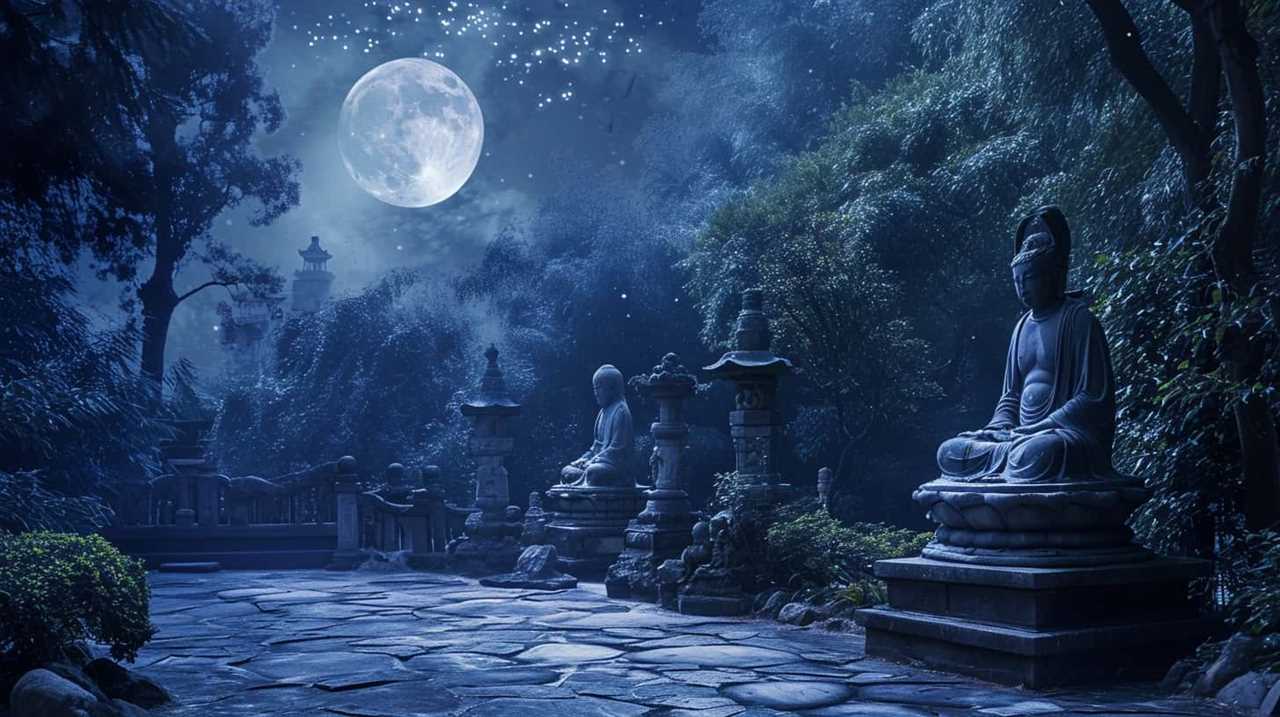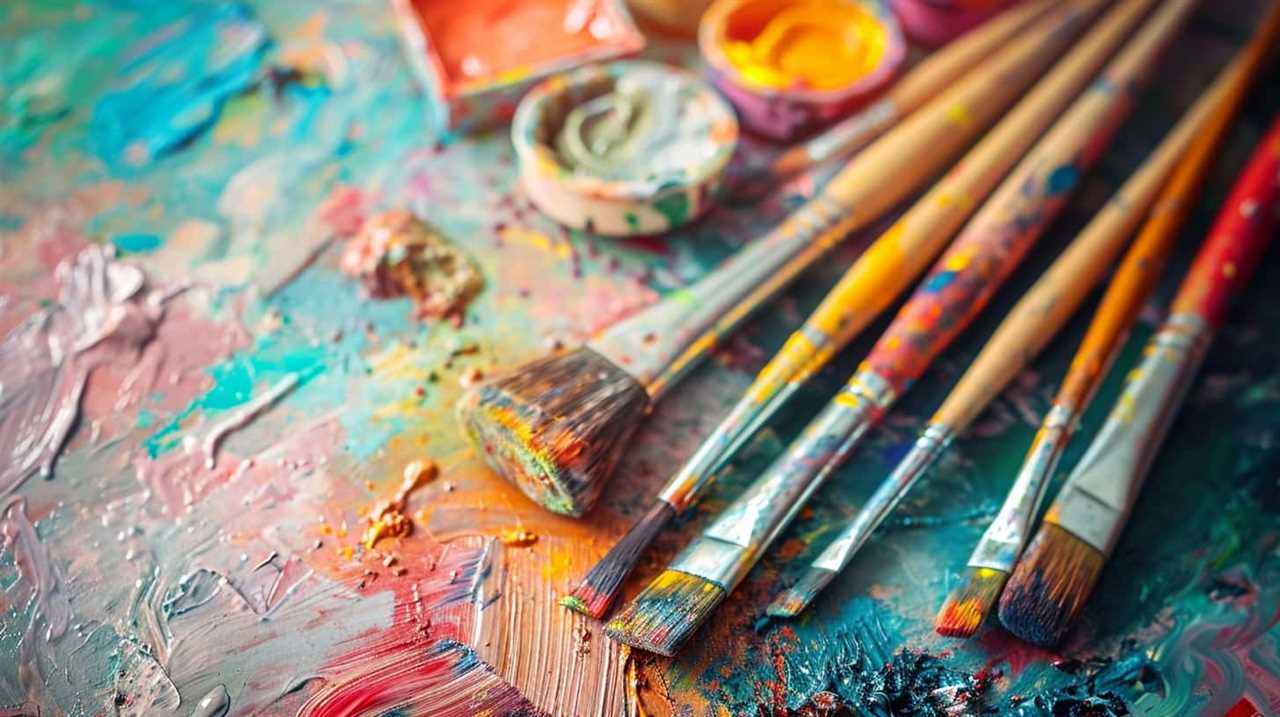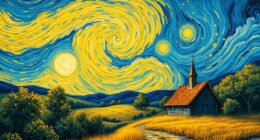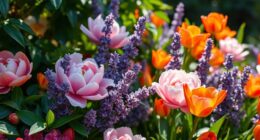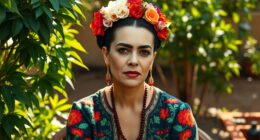Are you prepared to start a journey towards resilience and personal development? Welcome to ‘Mastering Struggle: Adversity Quotes From Art Visionaries.’
In this captivating collection, we delve into the wisdom of art visionaries who have triumphed over adversity and emerged as masters of their craft. Through their powerful words, we will uncover the secrets to harnessing the challenges that life throws our way, transforming them into catalysts for personal and artistic growth.
From Vincent Van Gogh’s reflections on finding beauty in struggle to Frida Kahlo’s insights on turning adversity into artistic expression, these visionaries offer invaluable lessons on perseverance, resilience, and the pursuit of mastery.
Join us as we explore the profound insights of these art luminaries, and unlock your own potential for greatness.
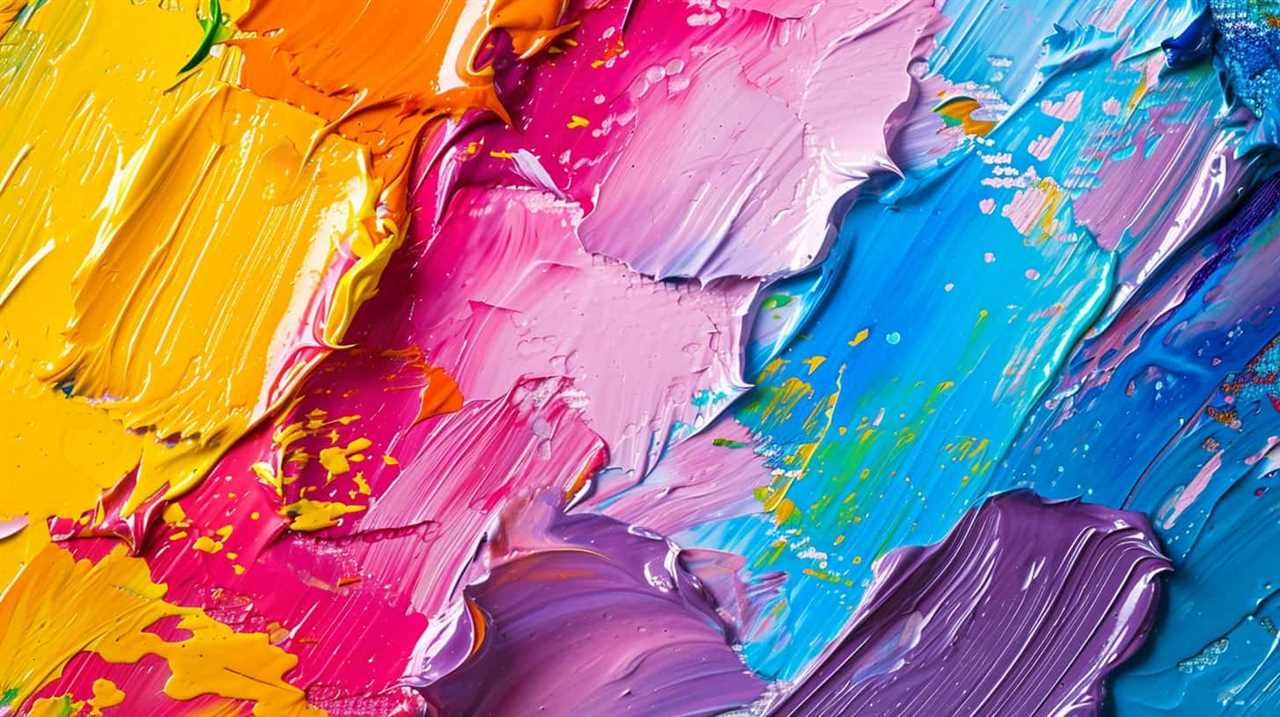
Key Takeaways
- Art visionaries such as Vincent Van Gogh, Pablo Picasso, Frida Kahlo, Salvador Dali, Georgia O’Keeffe, Claude Monet, and Leonardo da Vinci provide insights on overcoming challenges and embracing adversity.
- Persistence is crucial for artistic growth, with setbacks serving as fuel for development and artists finding strength through perseverance.
- Struggle is seen as an essential part of the artistic process, with artists seeking inspiration in nature and finding motivation to navigate challenges and achieve breakthroughs.
- Techniques for artistic resilience include adaptability, embracing curiosity and failure, developing perseverance, and embracing experimentation and change for growth. Artists also transform adversity into artistic expression, using art as therapy, channeling emotions onto the canvas, and inspiring others facing hardships.
Vincent Van Gogh’s Thoughts on Resilience
We frequently find solace in Vincent Van Gogh’s own reflections on resilience. Van Gogh was a master at transforming his struggles into beautiful works of art, finding solace and beauty in the face of adversity. Despite facing numerous challenges, including mental health issues and financial difficulties, Van Gogh never gave up on his passion for art. He developed unique techniques that allowed him to express his emotions and find solace in his work.
One of Van Gogh’s resilience techniques was his ability to find beauty in the most difficult situations. He believed that even in the darkest moments, there’s always something beautiful to be found. Through his art, he sought to capture the essence of life, showing us that even in adversity, there’s still hope and beauty.
Van Gogh also used art as a form of therapy. He believed that by expressing his emotions through his paintings, he could find healing and release. His vibrant and expressive brushstrokes were a reflection of his inner struggles and his desire to overcome them.
Transitioning into the subsequent section about Pablo Picasso’s perspective on overcoming challenges, we can see how both artists used their art as a means of resilience and personal growth.

Pablo Picasso’s Perspective on Overcoming Challenges
Picasso’s approach to overcoming challenges involved pushing boundaries and breaking conventions in his art. He believed that in order to grow as an artist, one must constantly challenge themselves and go beyond what’s comfortable or familiar. Picasso’s artistic journey was marked by an unyielding determination to explore new techniques, styles, and subject matters.
Throughout his career, Picasso faced numerous obstacles, both personal and professional. But instead of succumbing to these challenges, he embraced them as opportunities for growth and transformation. He once said, ‘Every act of creation is first an act of destruction.’ This quote reflects his belief that in order to create something new and innovative, one must first dismantle the existing structures and norms.
Picasso’s ability to overcome obstacles wasn’t just limited to his art. He was known for his resilience and adaptability in the face of adversity. He constantly reinvented himself and his artistic style, never settling for mediocrity or complacency.
Frida Kahlo’s Reflections on Embracing Adversity
Kahlo’s perspective on embracing adversity is a testament to her resilience and unwavering determination. As an artist who faced numerous physical and emotional challenges throughout her life, she understood the transformative power of embracing challenges.
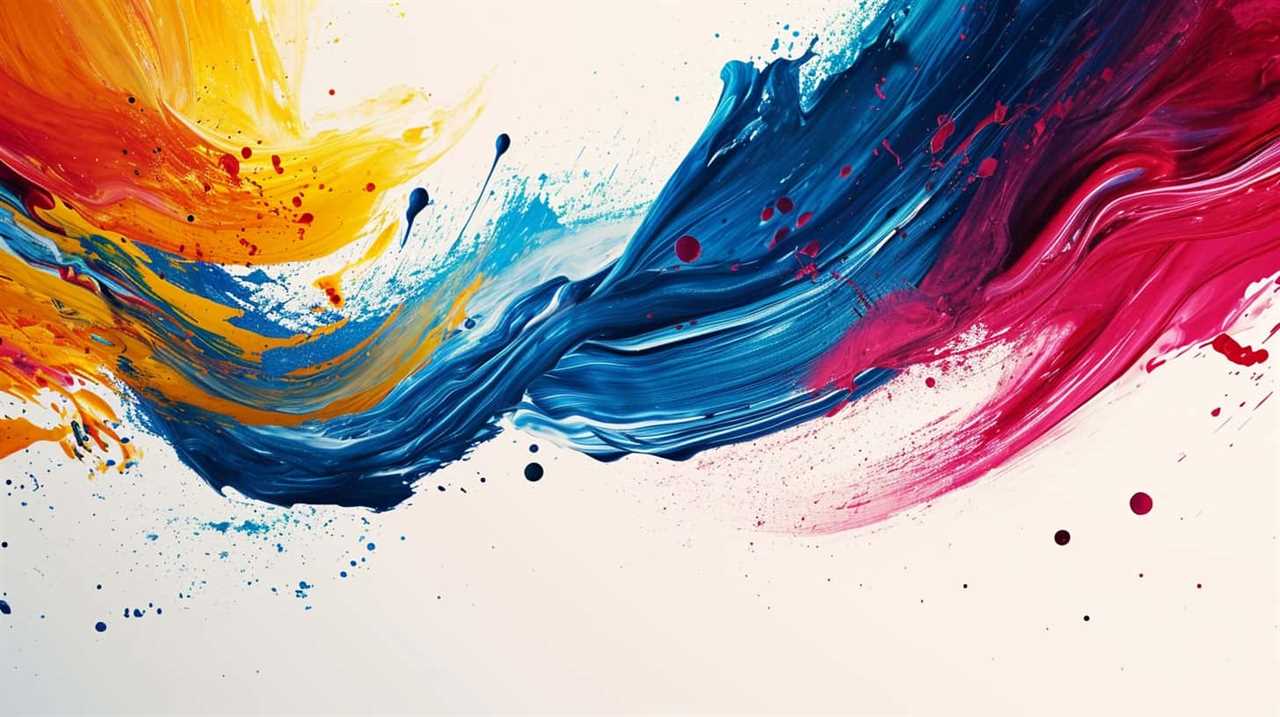
Here are three key reflections from Kahlo on how adversity can fuel artistic growth:
- Finding strength through vulnerability: Kahlo believed that embracing adversity meant acknowledging and embracing vulnerability. She believed that by allowing herself to be vulnerable, she could tap into deeper emotions and create art that resonated with others on a profound level. Through her iconic self-portraits, Kahlo explored her own pain and struggles, inviting viewers to connect with their own experiences of adversity.
- Transforming pain into creativity: Kahlo understood that adversity could be a catalyst for artistic growth. She saw her physical limitations and emotional turmoil as opportunities to channel her pain into creativity. By using art as a means of expression, Kahlo transformed her suffering into powerful visual narratives, creating a legacy that continues to inspire artists today.
- Embracing imperfections and uniqueness: Kahlo’s art celebrated imperfections and embraced her unique perspective. She believed that adversity allowed her to see the world in a different light, and she used her art to challenge societal norms and expectations. By embracing her own flaws and embracing her unique identity, Kahlo was able to create art that was both deeply personal and universally relatable.
Salvador Dali’s Insights on Pushing Through Obstacles
Salvador Dali’s profound understanding of perseverance shines through in his insights on overcoming obstacles. As one of the most influential artists of the 20th century, Dali’s creative process was often met with challenges and artistic blocks. However, he developed strategies that allowed him to push through these obstacles and continue producing his iconic works.
One of Dali’s strategies for overcoming artistic blocks was embracing experimentation. He believed that by constantly pushing the boundaries of his art, he could break free from creative stagnation. This mindset allowed him to explore new techniques and ideas, ultimately leading to the creation of his surreal masterpieces.
Another key aspect of Dali’s creative process was his ability to find inspiration in unexpected places. He’d often seek inspiration from dreams, childhood memories, and even the mundane objects around him. By allowing his imagination to run wild, he was able to overcome creative blocks and tap into his deepest artistic potential.
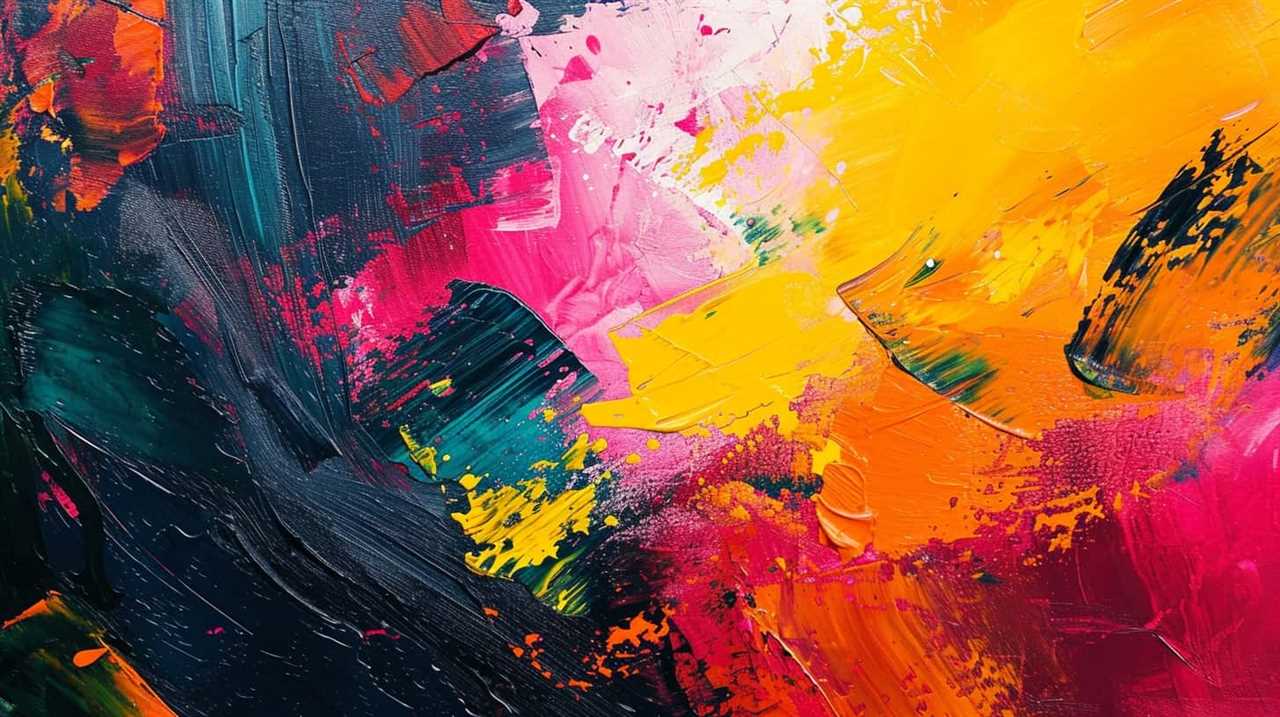
Dali also emphasized the importance of persistence. He believed that success in art required unwavering dedication and a willingness to endure setbacks. Rather than giving up when faced with obstacles, Dali would use them as fuel to push himself further and achieve greater artistic heights.
Georgia O’Keeffe’s Wisdom on Finding Strength in Struggle
Georgia O’Keeffe’s wisdom on finding strength in struggle resonates deeply with artists who are navigating their own creative challenges. Her insights offer guidance on how to find inner strength and embrace difficulties along the artistic journey. Here are three key takeaways from her wisdom:
- Seeking solace in nature: O’Keeffe found solace and inspiration in the natural world. She believed that connecting with nature could help artists find strength in times of struggle. By immersing ourselves in the beauty and tranquility of nature, we can tap into a wellspring of creativity and resilience.
- Embracing the unknown: O’Keeffe understood the importance of embracing the unknown and taking risks in art. She encouraged artists to step outside their comfort zones and explore new territories. By embracing difficulties, we can push the boundaries of our creativity and discover new dimensions of our artistic expression.
- Focusing on the process: Rather than being fixated on the end result, O’Keeffe emphasized the importance of focusing on the process of creating. She believed that true strength lies in the ability to persevere through the challenges and setbacks that arise along the way. By embracing the process, artists can find the inner strength to overcome obstacles and continue on their artistic journeys.
Claude Monet’s Advice for Artists Facing Difficulties
As artists, we all encounter obstacles and difficulties along our creative journey. Claude Monet, one of the most renowned painters in history, offers valuable advice on how to navigate these challenges.
His resilience and unwavering dedication to his craft allowed him to overcome artistic obstacles and achieve great success.
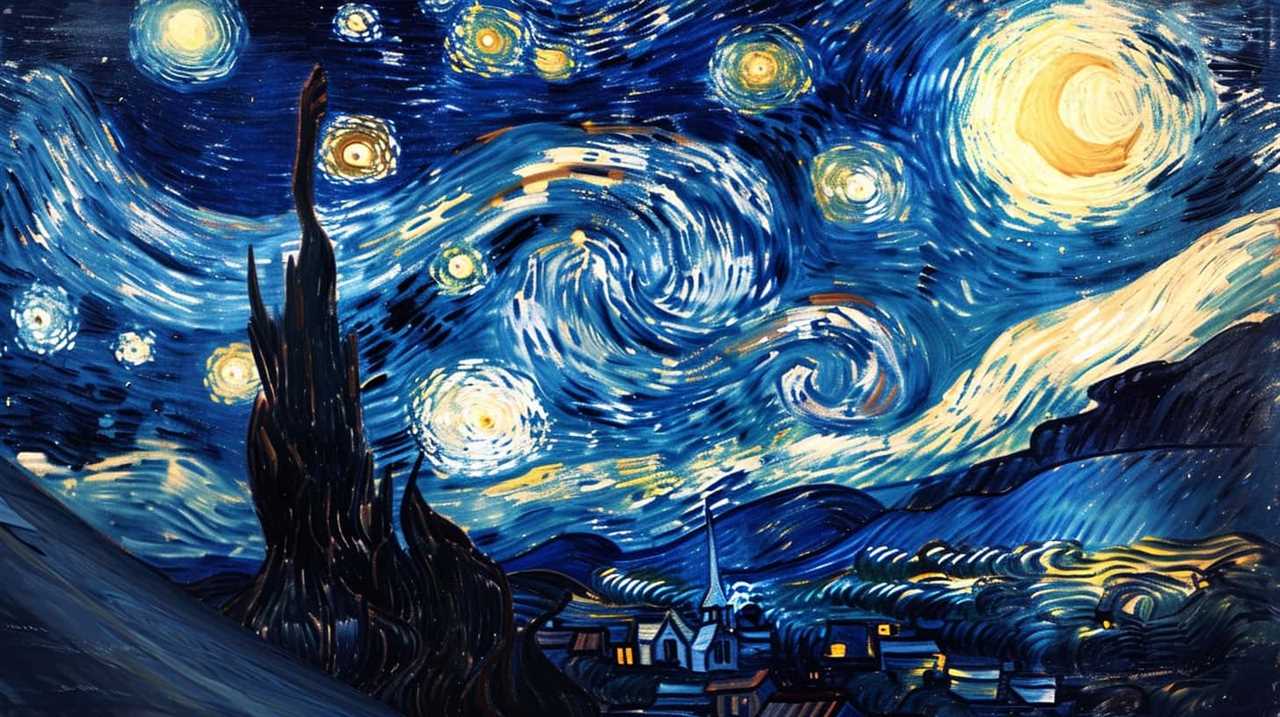
Overcoming Artistic Obstacles
When it comes to overcoming artistic obstacles, we believe in taking inspiration from Claude Monet’s advice for artists facing difficulties. Monet, a renowned artist of the Impressionist movement, understood the importance of emotional resilience and its role in navigating the challenges of the artistic journey.
Here are three key insights from Monet that can help artists overcome their obstacles and achieve creative breakthroughs:
- Embrace experimentation: Monet encouraged artists to explore different techniques and approaches to their work. By embracing experimentation, artists can push boundaries, discover new possibilities, and find fresh inspiration.
- Persist through setbacks: Monet faced numerous setbacks throughout his career, including financial struggles and the loss of loved ones. Despite these challenges, he never gave up. Artists must learn to persist through setbacks, using them as fuel to keep moving forward on their artistic path.
- Find solace in nature: Monet found solace and inspiration in the beauty of nature. He believed that spending time in nature and observing its ever-changing qualities could rejuvenate the artistic spirit. Artists can seek solace and find new perspectives by immersing themselves in the natural world.
Monet’s Resilience and Success
Our exploration of Monet’s resilience and success reveals invaluable advice for artists facing difficulties. Monet’s artistic growth and creative process teach us that perseverance and adaptability are key elements in overcoming obstacles.
| Monet’s Artistic Growth | Monet’s Creative Process |
|---|---|
| Embraced new techniques | Experimented with colors |
| Adapted to changing styles | Captured fleeting moments |
| Explored different subjects | Painted en plein air |
| Continued to learn and evolve | Emphasized light and atmosphere |
| Overcame financial struggles | Pushed boundaries of impressionism |
Monet’s journey demonstrates the importance of pushing oneself beyond comfort zones, embracing change, and taking risks. His willingness to experiment with new techniques and subjects allowed him to continually evolve as an artist. Monet’s emphasis on capturing light and atmosphere, as well as his dedication to painting en plein air, added a unique and innovative touch to his work. Despite facing financial difficulties, Monet’s resilience and determination propelled him to overcome obstacles and achieve great success. As artists, we can learn from Monet’s example and find inspiration to persevere in the face of adversity.
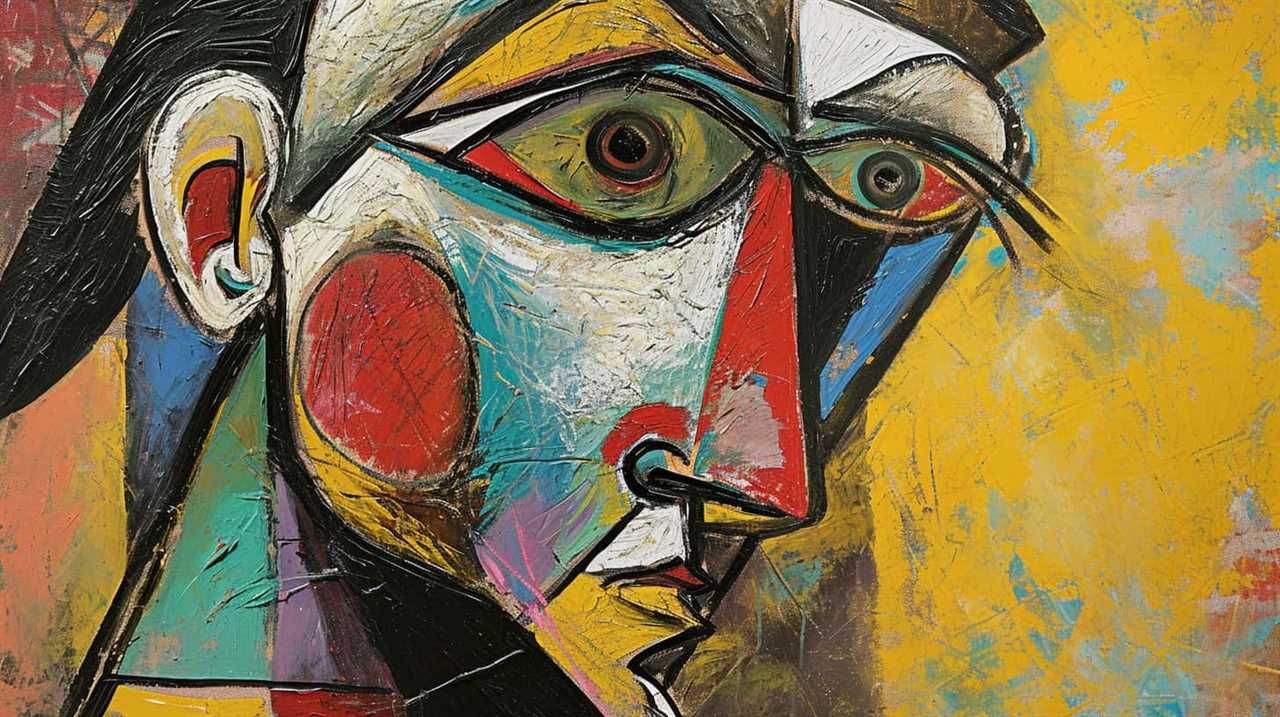
Finding Inspiration Through Struggle
Finding inspiration through struggle, artists can learn valuable advice from Claude Monet on how to overcome difficulties in their artistic journey. Here are three key insights to finding motivation and experiencing creative breakthroughs:
- Embrace the challenge: Monet believed that struggle was an essential part of the artistic process. Instead of shying away from difficulties, embrace them as opportunities for growth and learning.
- Seek inspiration in nature: Monet found solace and inspiration in the natural world. By immersing yourself in the beauty of nature, you can tap into its transformative power and find new perspectives that fuel your creativity.
- Persist in the face of setbacks: Monet faced numerous setbacks and rejections throughout his career, but he never gave up. He believed in the importance of perseverance and pushing through difficult times, knowing that breakthroughs often come after moments of struggle.
By following Monet’s advice, artists can find the motivation and inspiration needed to navigate through challenges and achieve creative breakthroughs.
Transitioning into the next section, let’s explore Leonardo da Vinci’s words of encouragement in hard times.
Leonardo Da Vinci’s Words of Encouragement in Hard Times
When it comes to facing adversity, Leonardo Da Vinci’s words of encouragement can provide valuable insight and inspiration.
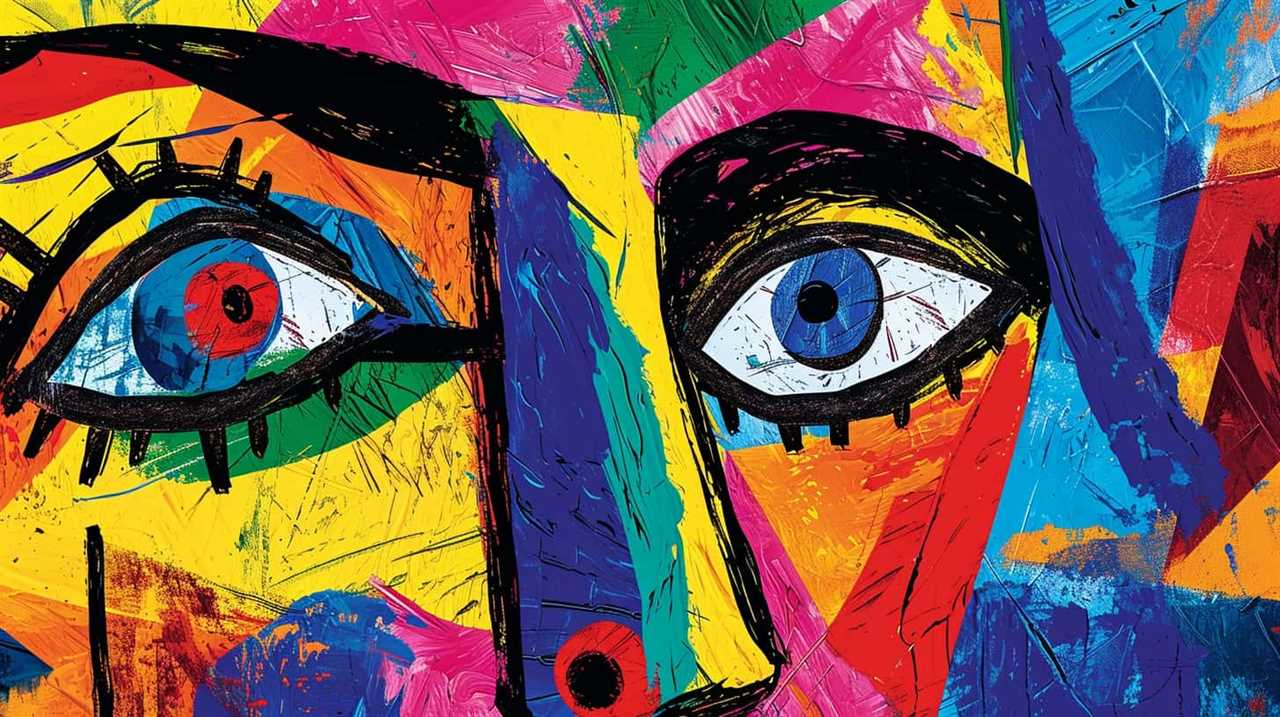
Da Vinci’s resilience techniques, such as his ability to adapt and find solutions, can teach us how to navigate challenges in our own lives.
Through his art, Da Vinci showed us that even in the hardest of times, we can find beauty and inspiration, reminding us to keep pushing forward and never give up.
Da Vinci’s Resilience Techniques
In the realm of mastering struggle, we draw inspiration from Leonardo Da Vinci’s resilience techniques, which involve harnessing the power within us to overcome challenges. Da Vinci’s problem solving strategies were truly remarkable, and they continue to inspire artists and innovators to this day.
Here are three of his artistic resilience techniques that we can learn from:
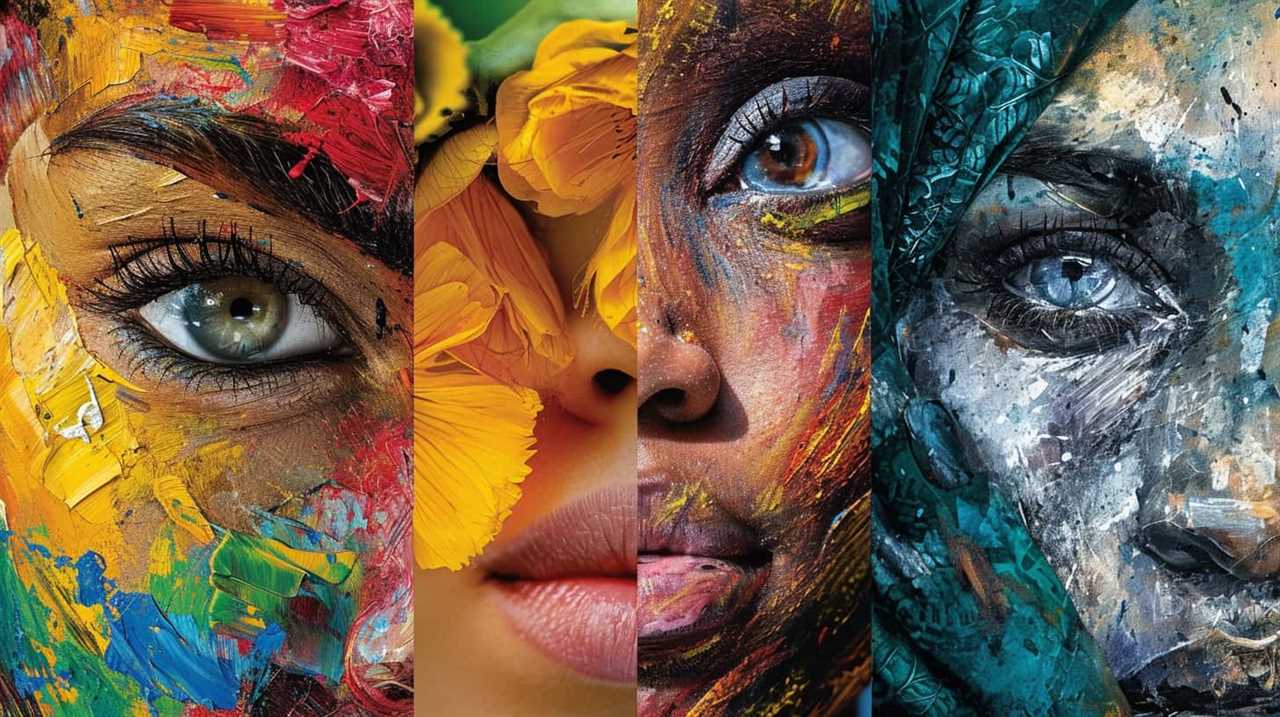
- Embrace curiosity: Da Vinci believed that a curious mind is key to overcoming adversity. By approaching challenges with a sense of wonder and openness, we can find new perspectives and creative solutions.
- Embrace failure: Da Vinci understood that failure is a natural part of the creative process. He saw setbacks as opportunities to learn and grow, rather than as reasons to give up. By embracing failure, we can develop resilience and continue to push forward.
- Embrace perseverance: Da Vinci’s work ethic was legendary. He was known for his unwavering determination and commitment to his craft. By staying dedicated and persistent, we can overcome obstacles and achieve our goals.
With these techniques, we can cultivate our own resilience and navigate the struggles that come our way. Da Vinci’s words of encouragement remind us that even in the face of adversity, we have the power to conquer and create.
Overcoming Challenges Through Art
Now, let’s delve into how we can overcome challenges through art, drawing inspiration from Leonardo Da Vinci’s words of encouragement in hard times. Leonardo Da Vinci, a true visionary, understood the power of creativity in overcoming obstacles. He believed that art had the ability to heal and transform. In his words, "Art is the queen of all sciences communicating knowledge to all the generations of the world." Da Vinci recognized that creativity could be a source of solace and strength during difficult times. To further illustrate this concept, let’s take a look at the table below:
| Challenges | Creative Solutions |
|---|---|
| Stress | Painting, drawing, or sculpting to release tension |
| Anxiety | Writing or journaling to express emotions |
| Grief | Creating art as a form of therapy |
| Loneliness | Participating in art classes or workshops to connect with others |
| Loss | Using art to honor and remember loved ones |
Finding Inspiration Amidst Struggle
Amidst the struggle, we can find inspiration through Leonardo Da Vinci’s words of encouragement in hard times, drawing strength from his belief in the transformative power of art. Da Vinci, a true master of his craft, understood the importance of embracing difficulties and finding motivation to push through. His wisdom continues to resonate with those who seek to overcome adversity and achieve greatness in their own lives.
Here are three key insights from Da Vinci that can help us find inspiration amidst struggle:
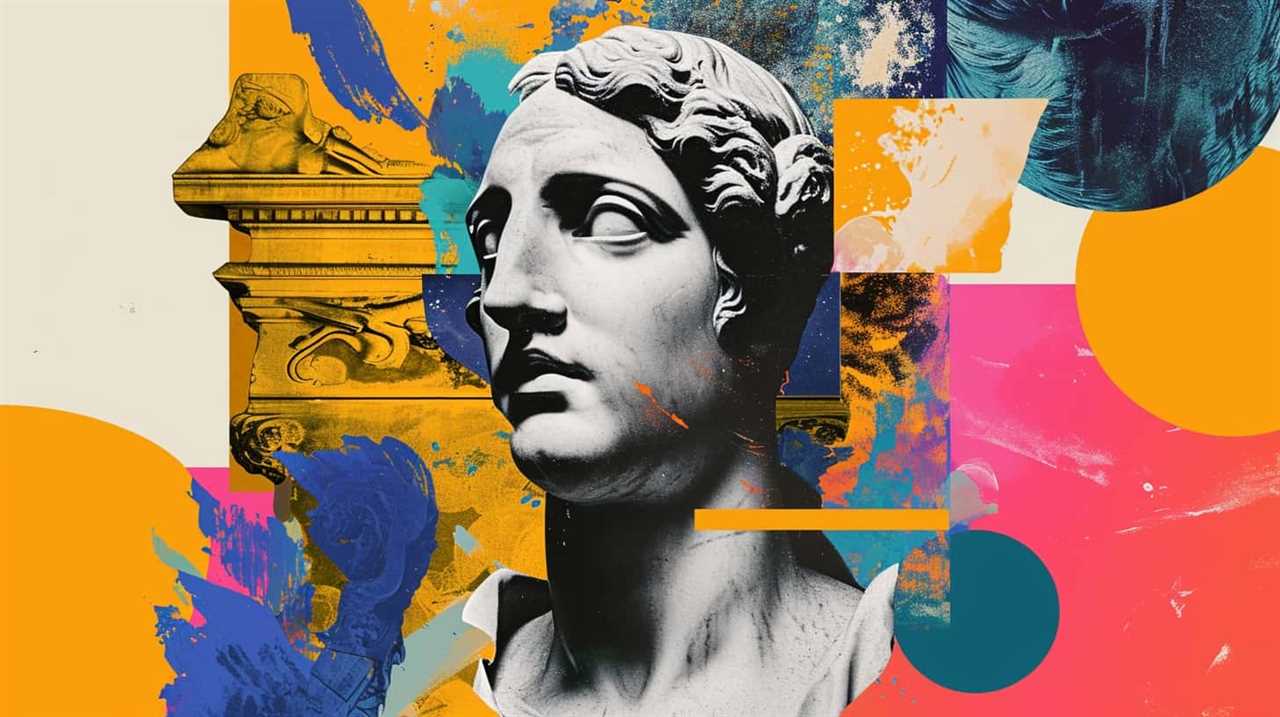
- ‘Obstacles can’t crush me. Every obstacle yields to stern resolve.’ Da Vinci reminds us that with determination and resilience, we can overcome any obstacle that stands in our way.
- ‘Art is the queen of all sciences, communicating knowledge to all the generations of the world.’ In the face of struggle, Da Vinci encourages us to turn to art as a source of solace, inspiration, and growth.
- ‘It had long since come to my attention that people of accomplishment rarely sat back and let things happen to them. They went out and happened to things.’ Da Vinci’s words remind us that in order to find inspiration amidst struggle, we must take an active role in shaping our own destiny.
As we delve deeper into the realm of finding inspiration amidst struggle, let’s now explore Jackson Pollock’s inspiration for overcoming setbacks.
Jackson Pollock’s Inspiration for Overcoming Setbacks
We have learned valuable lessons from Jackson Pollock’s ability to overcome setbacks and find inspiration in the face of adversity. Pollock’s artistic breakthrough came after years of struggle and experimentation. His unique style of drip painting revolutionized the art world and cemented his place as one of the greatest visionaries of his time.
Pollock’s journey was not without its challenges. Like many artists, he faced criticism and rejection. However, he refused to let setbacks define him. Instead, he drew inspiration from the works of other artists who had faced similar struggles. Vincent van Gogh, known for his mental health struggles, became a source of inspiration for Pollock. He admired van Gogh’s resilience and ability to channel his emotions into his art.
To illustrate Pollock’s journey, let’s take a look at a table showcasing the setbacks he encountered and the inspiration he found:

| Setbacks | Inspiration |
|---|---|
| Criticism from art critics | Vincent van Gogh’s perseverance |
| Rejection from galleries | Van Gogh’s ability to channel emotions |
| Financial difficulties | Van Gogh’s dedication to his craft |
Pollock’s ability to find inspiration in the face of setbacks serves as a powerful reminder that adversity can fuel creativity and lead to artistic breakthroughs. Now, let’s explore Edvard Munch’s thoughts on transforming pain into art.
Edvard Munch’s Thoughts on Transforming Pain Into Art
Edvard Munch’s perspective on transforming pain into art further enriches our understanding of how artists navigate adversity. His thoughts on this topic provide valuable insights into the transformative power of art and its ability to inspire and heal. Here are three key takeaways from Munch’s approach to transforming pain into art:
- Embracing Vulnerability: Munch believed that true art comes from a place of raw emotion and vulnerability. By allowing himself to fully experience and express his pain, he was able to create deeply impactful works of art that resonated with others. This willingness to confront and embrace his own pain allowed him to transform it into something beautiful and meaningful.
- Finding Catharsis through Creativity: For Munch, art served as a cathartic outlet for his pain. Through painting and other artistic forms, he was able to channel his emotions and release them onto the canvas. This process allowed him to find a sense of release and relief, transforming his pain into a tangible creation that others could connect with.
- Inspiring Others: Munch’s ability to transform his pain into art not only helped him personally, but also inspired and touched the lives of countless others. By sharing his struggles through his artwork, he was able to create a sense of connection and empathy among viewers. His ability to translate his pain into something universally relatable served as an inspiration for others facing their own hardships.
Gustav Klimt’s Reflections on Perseverance in Creativity
Gustav Klimt’s perspective on perseverance in creativity adds another layer of insight to our exploration of how artists navigate adversity. Klimt, a renowned Austrian painter, understood the importance of embracing artistic challenges and pushing through obstacles to create something truly remarkable.
Klimt believed that perseverance in creativity was essential for artistic growth and success. He recognized that the path to creating meaningful art was often filled with struggles and setbacks. Instead of viewing these challenges as roadblocks, Klimt saw them as opportunities for growth and self-discovery. He understood that it was through embracing these challenges that artists could truly push the boundaries of their creativity and achieve greatness.
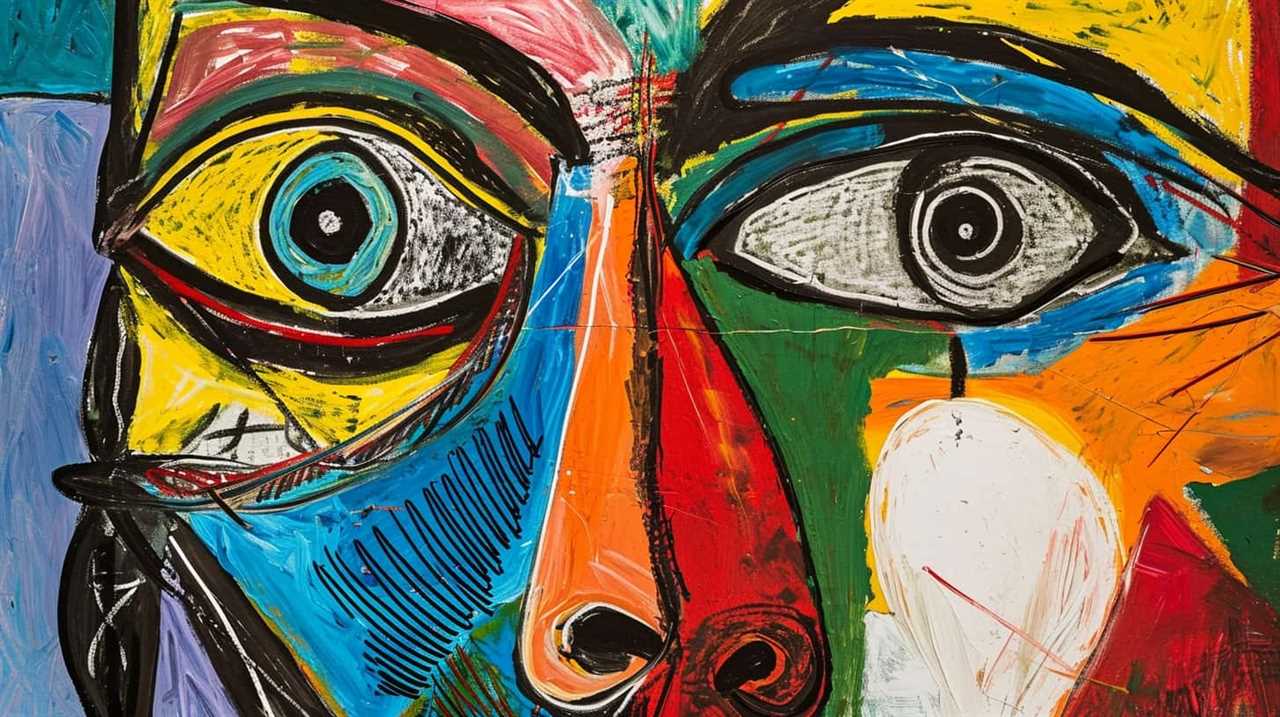
For Klimt, perseverance meant staying committed to one’s artistic vision, even in the face of criticism or rejection. He believed that true artists weren’t deterred by setbacks, but rather used them as fuel for their creative fire. Klimt’s own journey as an artist was filled with ups and downs, but his unwavering perseverance allowed him to leave a lasting impact on the art world.
As we delve deeper into the exploration of how artists navigate adversity, we now turn our attention to Frida Kahlo’s insights on turning adversity into artistic expression.
Frida Kahlo’s Insights on Turning Adversity Into Artistic Expression
Exploring the transformative power of adversity, Frida Kahlo’s artistic expression emerges as a testament to the resilience and creativity inherent in the face of challenges. Kahlo’s unique artistic process was deeply influenced by her personal experiences and struggles. Through her art, she found a way to turn her pain and suffering into powerful statements that resonated with audiences around the world.
- Embracing Vulnerability: Frida Kahlo’s art was deeply personal and introspective, allowing her to explore her own vulnerabilities and confront the hardships she faced. By delving into her own pain, she created a powerful connection with viewers, inviting them to reflect on their own struggles and emotions.
- Symbolism and Surrealism: Kahlo’s art often incorporated symbolism and surrealistic elements, allowing her to convey complex emotions and experiences that were difficult to express through words alone. Her use of vibrant colors and dreamlike imagery added depth and richness to her work, making it both visually striking and emotionally evocative.
- Impact on Contemporary Art: Frida Kahlo’s unique artistic style and her ability to turn adversity into art have had a profound impact on contemporary art. Her work continues to inspire and influence artists today, encouraging them to explore their own personal experiences and embrace vulnerability as a means of artistic expression. Kahlo’s legacy serves as a reminder that adversity can be transformed into something beautiful and meaningful through the power of art.
Vincent Van Gogh’s Lessons on Finding Beauty in Struggle
Continuing our exploration of the transformative power of adversity, let’s now delve into Vincent Van Gogh’s invaluable lessons on finding beauty in struggle.

Van Gogh’s life was marked by immense challenges and personal battles, yet he managed to create artworks that continue to inspire and captivate audiences today. Through his work, he teaches us that even in the darkest moments, beauty can be found.
One of the key lessons we can learn from Van Gogh is the importance of perspective. He believed that by shifting our focus and looking beyond the surface, we can uncover the hidden beauty that exists in every struggle. Van Gogh’s vibrant and expressive brushstrokes remind us that even in the midst of pain and hardship, there’s room for creativity and growth.
Another lesson we can draw from Van Gogh’s life is the power of perseverance. Despite facing rejection and numerous setbacks, he never gave up on his passion for art. His unwavering dedication and determination serve as a reminder that true beauty often emerges from the depths of struggle.
Van Gogh’s ability to find beauty in adversity teaches us that even in our darkest moments, there’s something to be learned and cherished. By embracing the challenges we face, we can cultivate resilience and tap into our own creative potential. Van Gogh’s legacy serves as a testament to the transformative power of finding beauty in struggle.
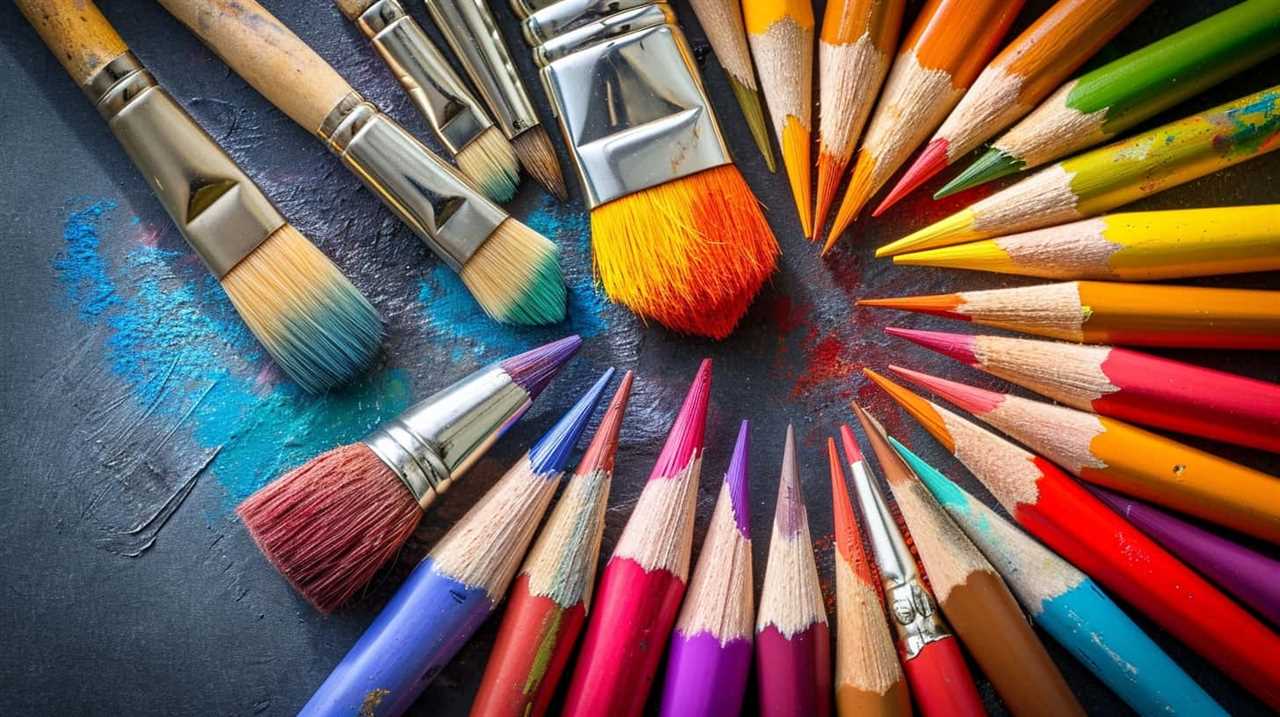
Frequently Asked Questions
How Did Vincent Van Gogh’s Struggle With Mental Health Impact His Perspective on Resilience?
Van Gogh’s struggle with mental health deeply impacted his perspective on resilience. It shaped his understanding of adversity and resilience, allowing him to find strength and inspiration in the face of overwhelming challenges.
What Specific Challenges Did Pablo Picasso Face in His Artistic Career and How Did He Overcome Them?
In Picasso’s artistic career, he faced numerous challenges, including criticism, experimentation, and societal expectations. However, he overcame them by pushing boundaries, embracing change, and staying true to his unique vision.
How Did Frida Kahlo’s Physical and Emotional Pain Influence Her Approach to Embracing Adversity?
Frida Kahlo’s physical and emotional pain influenced her approach to embracing adversity. She became a role model and an inspirational figure, showing us how to navigate through struggles with resilience and creativity.
What Obstacles Did Salvador Dali Encounter in His Artistic Journey and How Did He Navigate Through Them?
Salvador Dali encountered numerous obstacles in his artistic journey. Navigating through these challenges, he displayed mental health resilience like Vincent van Gogh. Just like Pablo Picasso, he overcame artistic challenges and, like Frida Kahlo, found strength in his artwork despite personal struggles. Georgia O’Keeffe also embraced pain in her artistic approach.
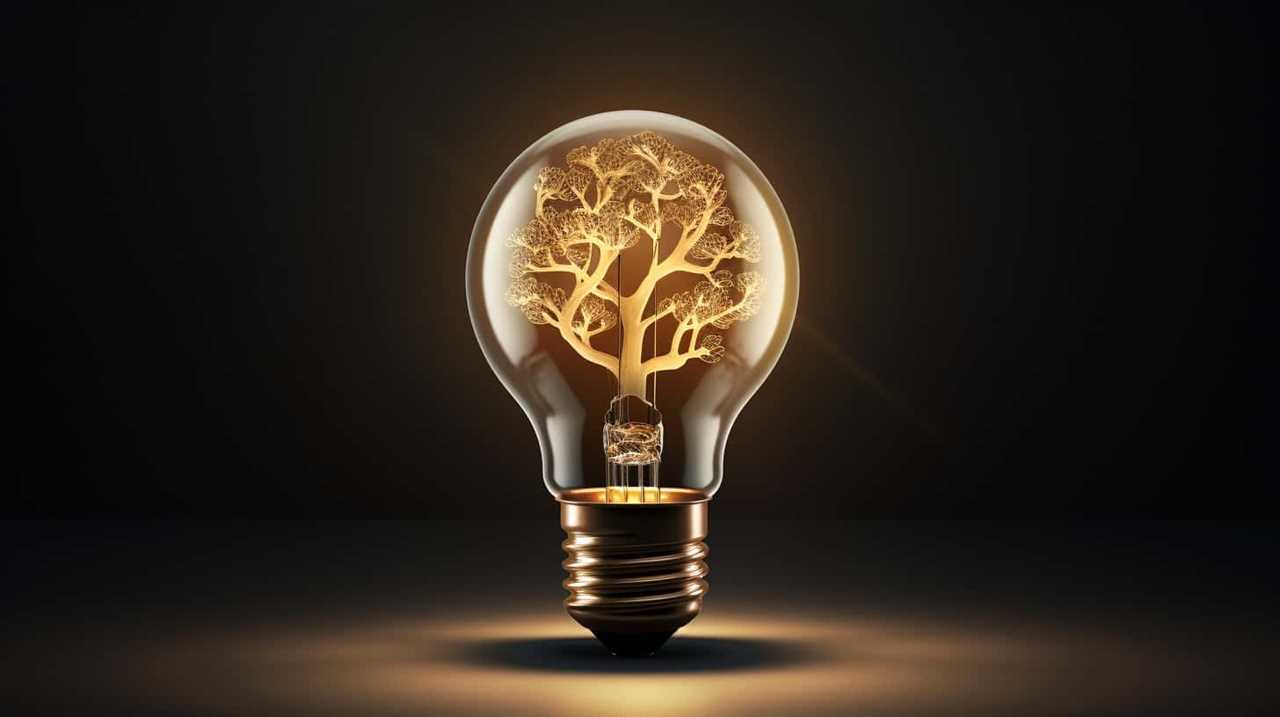
How Did Georgia O’keeffe Find Strength in Her Personal Struggles and Translate It Into Her Artwork?
In navigating personal struggles, Georgia O’Keeffe harnessed her feminist beliefs as a driving force, allowing her to overcome obstacles and create art that resonated with her inner strength and resilience.
What Adversity Quotes Can We Learn From Philosophical Perspectives on Artistic Beauty?
Adversity quotes can guide us in exploring artistic beauty perspectives. From a philosophical standpoint, challenges in creating and appreciating art are inherent. Embracing obstacles as part of the artistic process cultivates resilience and depth. Adversity can be a catalyst for profound artistic expression and unique perspectives on beauty.
Conclusion
In the realm of art, great visionaries like Van Gogh, Picasso, Kahlo, Dali, O’Keeffe, Munch, and Klimt have shared profound insights on mastering struggle.
Through their words, we’re reminded that adversity can be a catalyst for growth and creativity.
Like a delicate brushstroke on a canvas, they teach us to find beauty in the midst of struggle, transforming pain into art and turning adversity into a powerful expression of resilience.
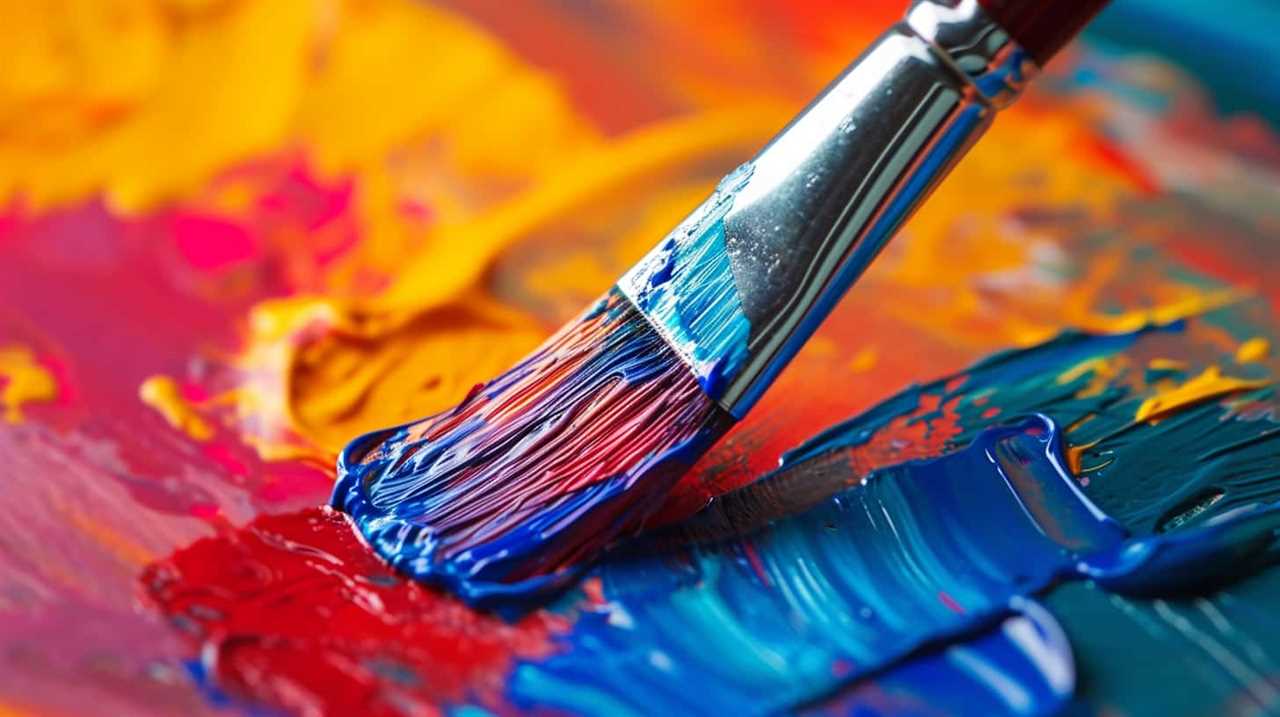
Let their wisdom guide us in our own journeys of overcoming obstacles and finding strength.
Lauren’s talent in writing is matched by her passion for storytelling. Her love for books and deep understanding of culture and entertainment add a distinct flavor to her work. As our media and press contact, Lauren skillfully bridges the gap between afterQuotes and the broader media landscape, bringing our message to a wider audience.

